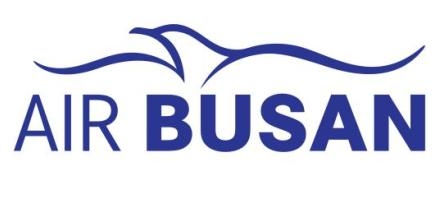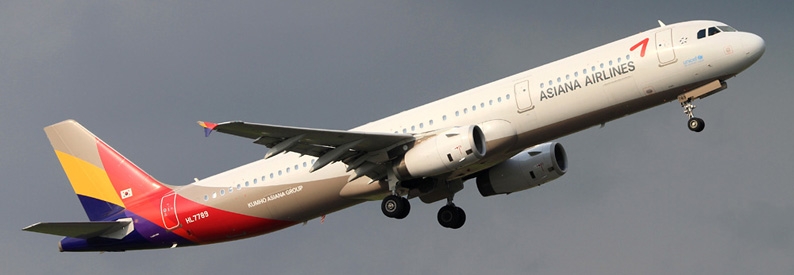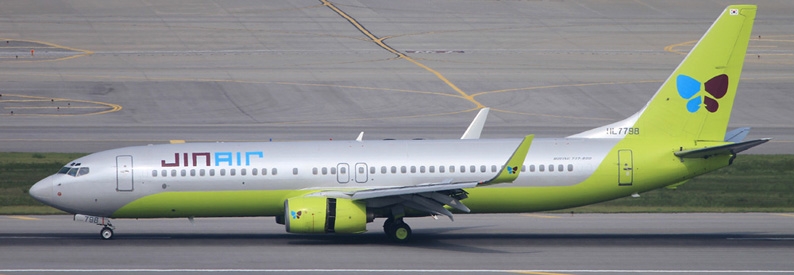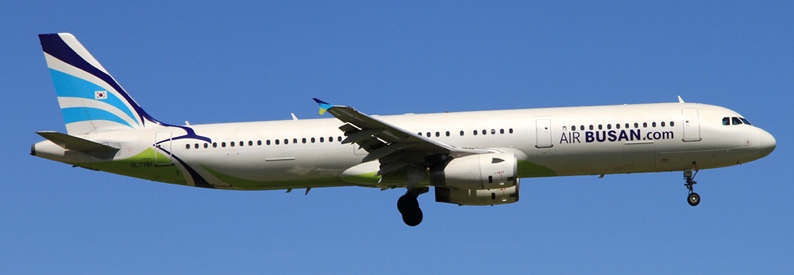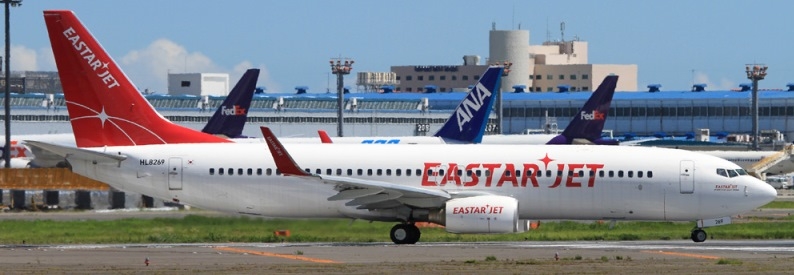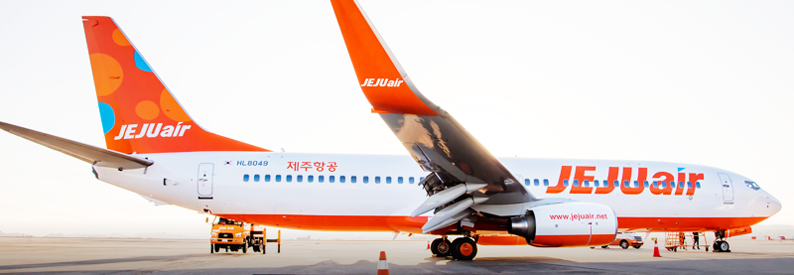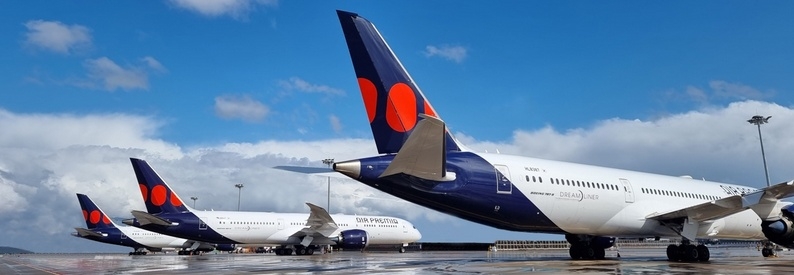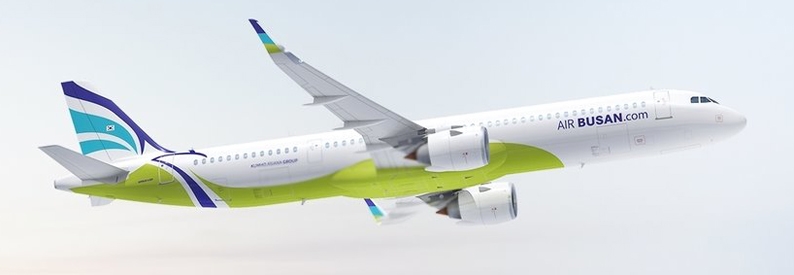Air Busan (BX, Busan), Air Seoul (RS, Seoul Incheon), and Jin Air (LJ, Jeju) will be integrated into a single low-cost carrier, the president of Korean Air (KE, Seoul Incheon), Kee Hong Woo, has said in an online press briefing on the flag carrier’s Asiana Airlines (OZ, Seoul Incheon) acquisition progress. But it is too early to tell where it will be based, he added.
His comments came despite earlier South Korean government assurances that an integrated LCC headquarters would likely be set up at a local airport and not necessarily in Seoul.
“We are still considering whether the integrated LCC will be a subsidiary of Korean Air or of [Korean Air parent] Hanjin KAL, as Jin Air currently is. We will decide on the timeline and direction after thoroughly reviewing the details, such as the required funds and restrictions under the Fair Trade Act,” Woo said in the written briefing presented on March 31.
In answer to the pre-arranged question, “Where will the integrated LCC headquarters be located? Some are saying that it will be located in Busan,” the president said: “Jin Air, Air Busan, and Air Seoul will be integrated into an LCC that can realise economies of scale. An airline’s operating base is very important. Air Busan is an airline with a strong network based out of Busan, and Jin Air and Air Seoul have good networks out of Seoul Incheon. The integrated LCC will enhance the northeast/southeast Asia network from Incheon and Busan.”
He stressed: “By consolidating these three airlines, it can become a top-level low-cost airline not only in Korea but also in Asia. It is still too early to disclose the location of the integrated LCC headquarters at this time.”
Korean Air expects, Woo said, that it will take two years after its KRW1.8 trillion won (USD1.6 billion) acquisition of a majority stake in Asiana Airlines closes before it can integrate the rival brands.
“Asiana Airlines will be incorporated as a subsidiary of Korean Air once the business combination reports have been approved. It will create a governance structure where Hanjin KAL owns Korean Air, which in turn controls Asiana Airlines. Korean Air plans to fully integrate with Asiana Airlines about two years after Korean Air completes the acquisition and Asiana Airlines becomes its subsidiary,” he explained.
“Since the aviation industry is a network-based business, the synergy of networks, aircraft, and human resources will be very limited if two airlines operate independently. Full integration is the best way to maximise the synergy of acquisition, and this will be the only way to retain and secure employment in the long term.”
Asiana and Korean Air will integrate their fleets, which in some cases have different engine types for the same aircraft model, Woo said, adding that it would be easier to phase out Asiana’s aircraft because many have leases expiring within five years. About 1,200 jobs between the airlines will overlap, he added, but the resulting entity will manage any job cuts through retirement and “natural reductions” rather than direct job cuts.
